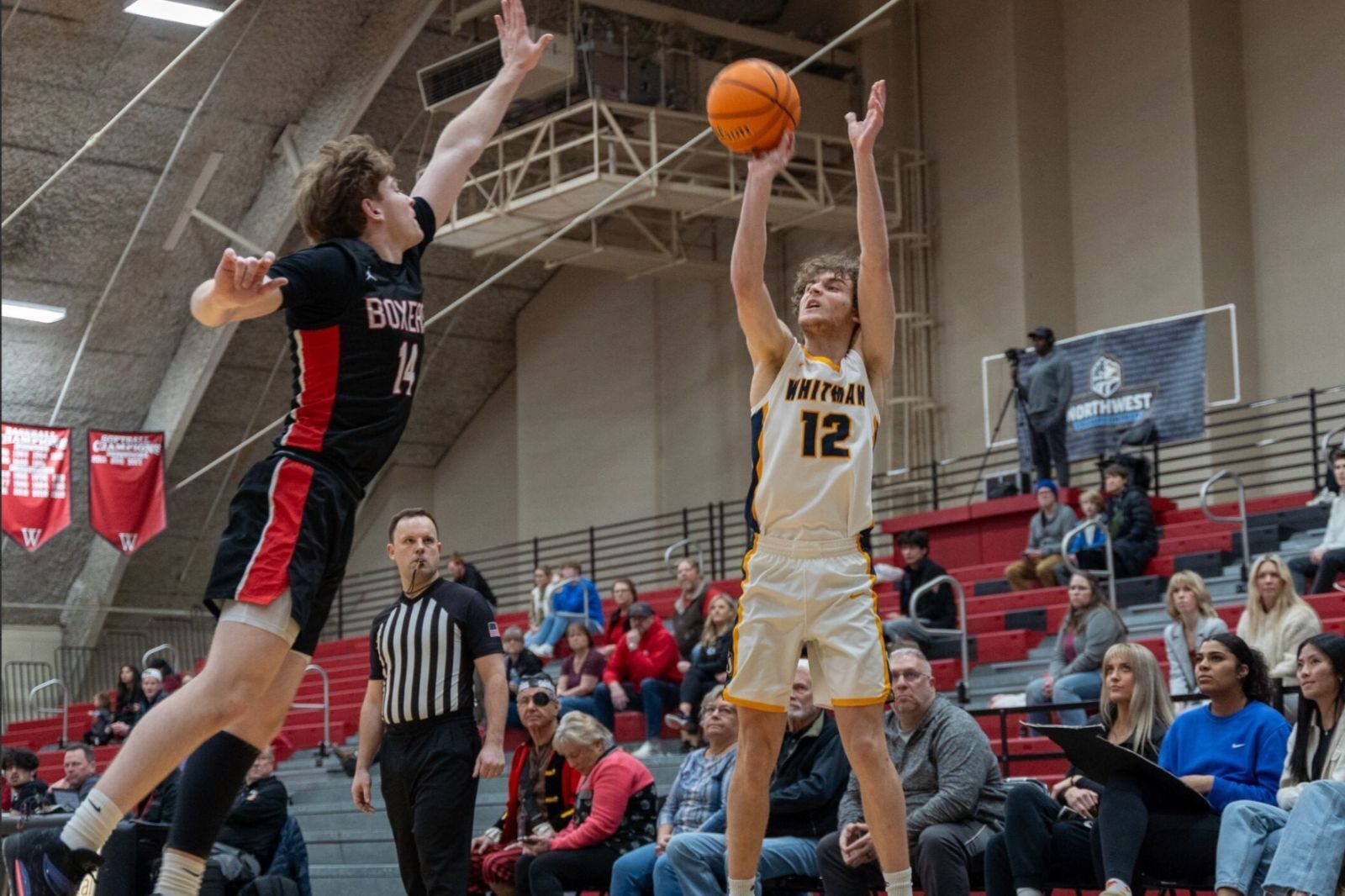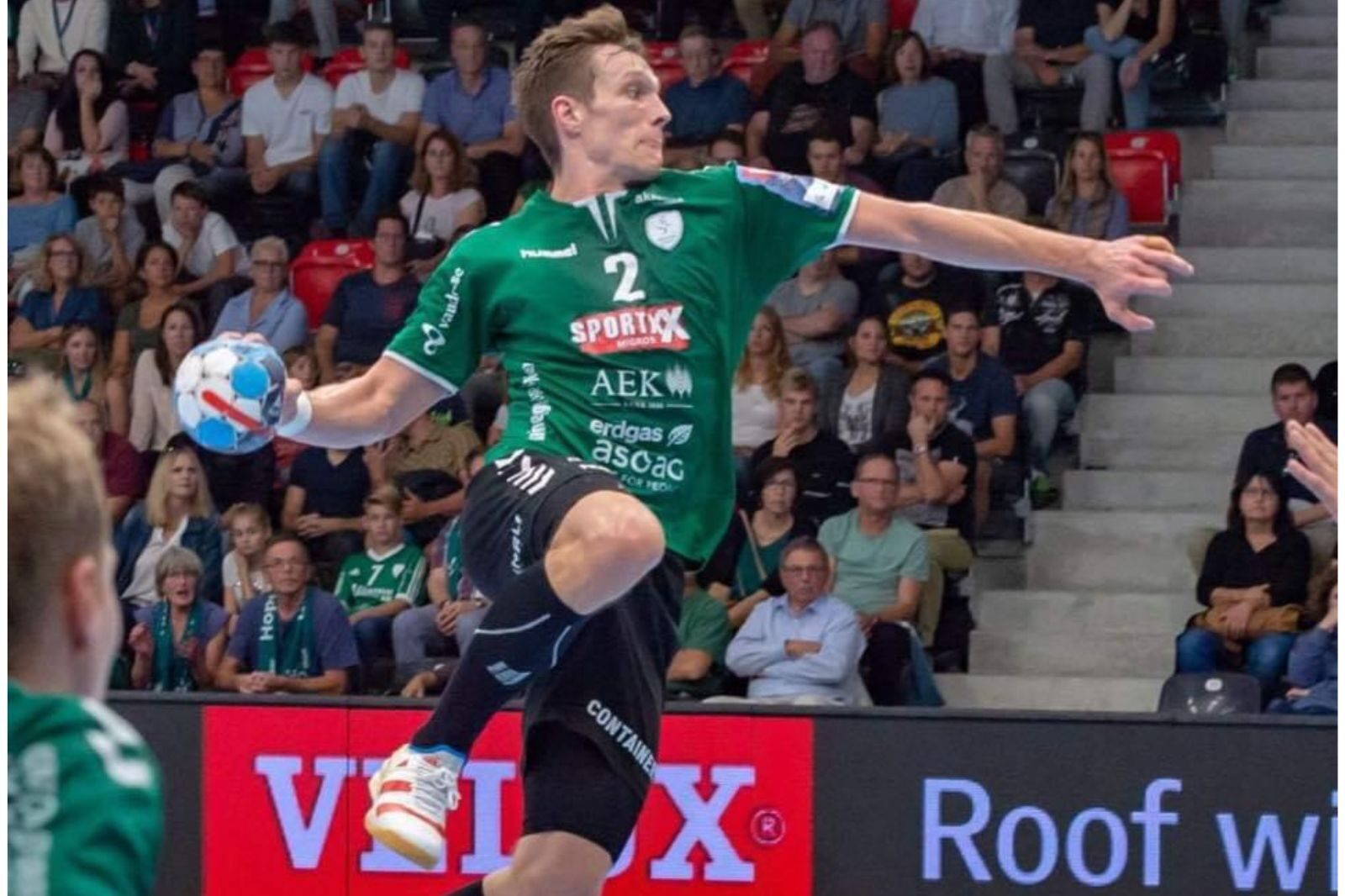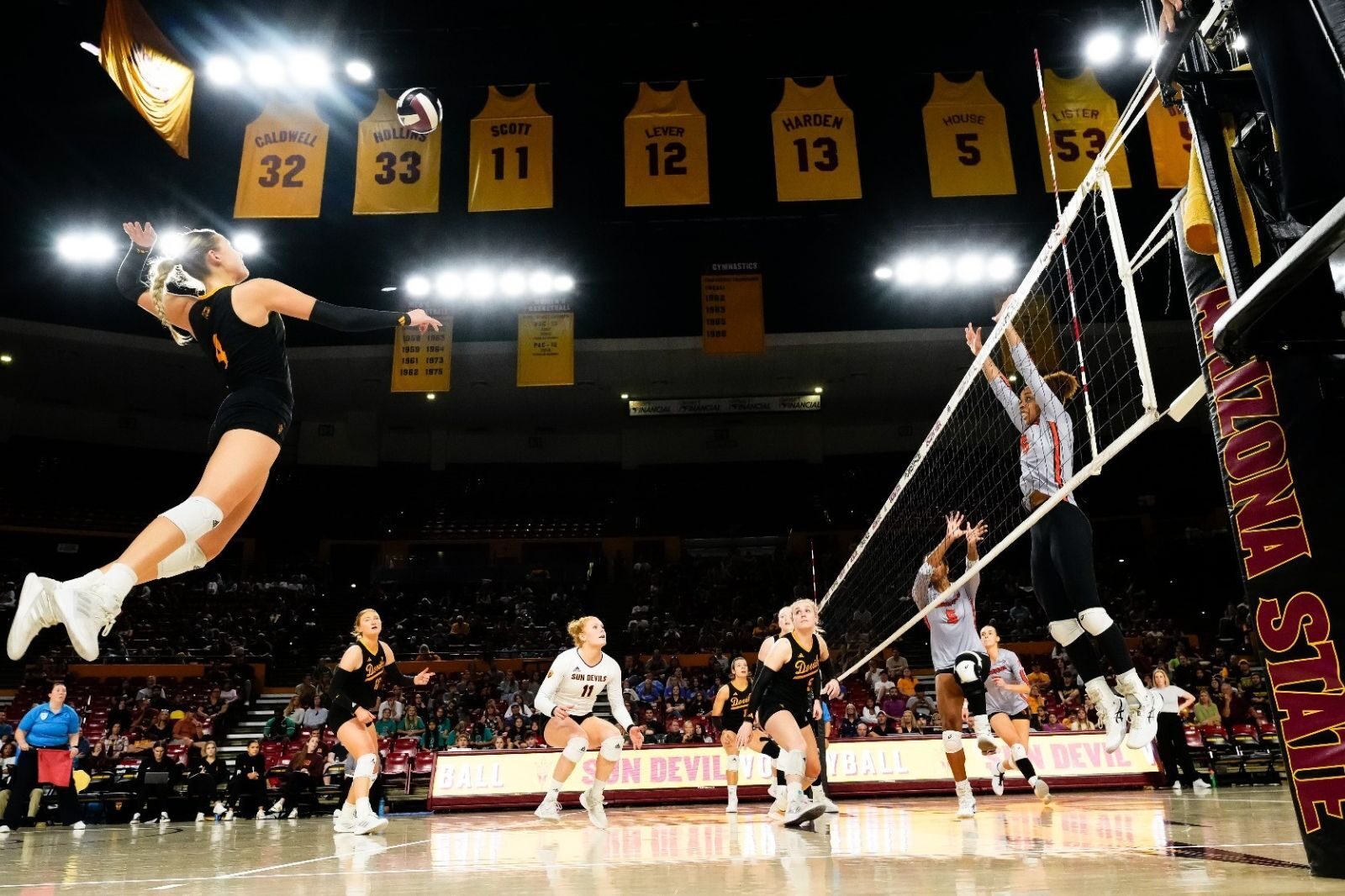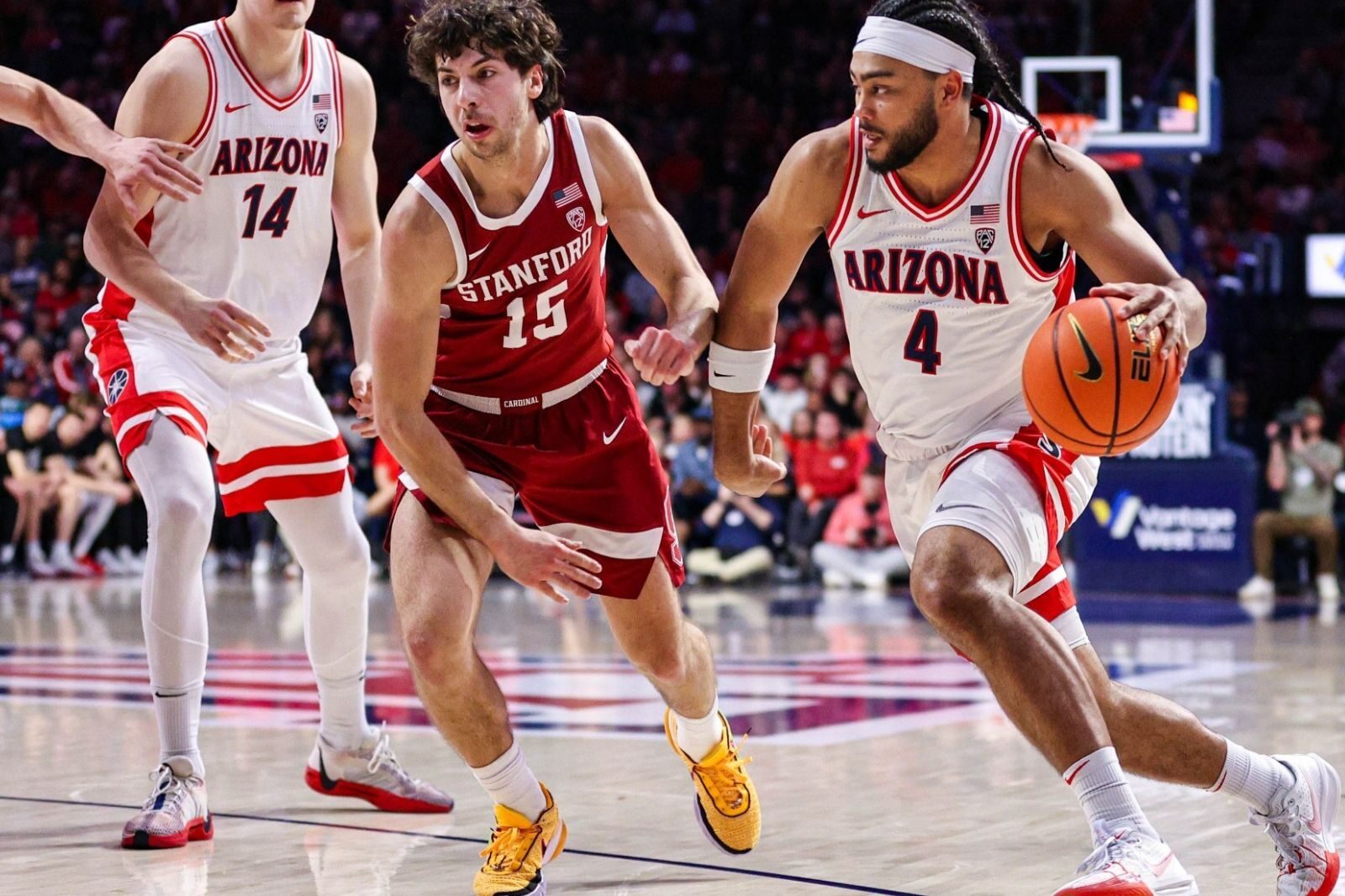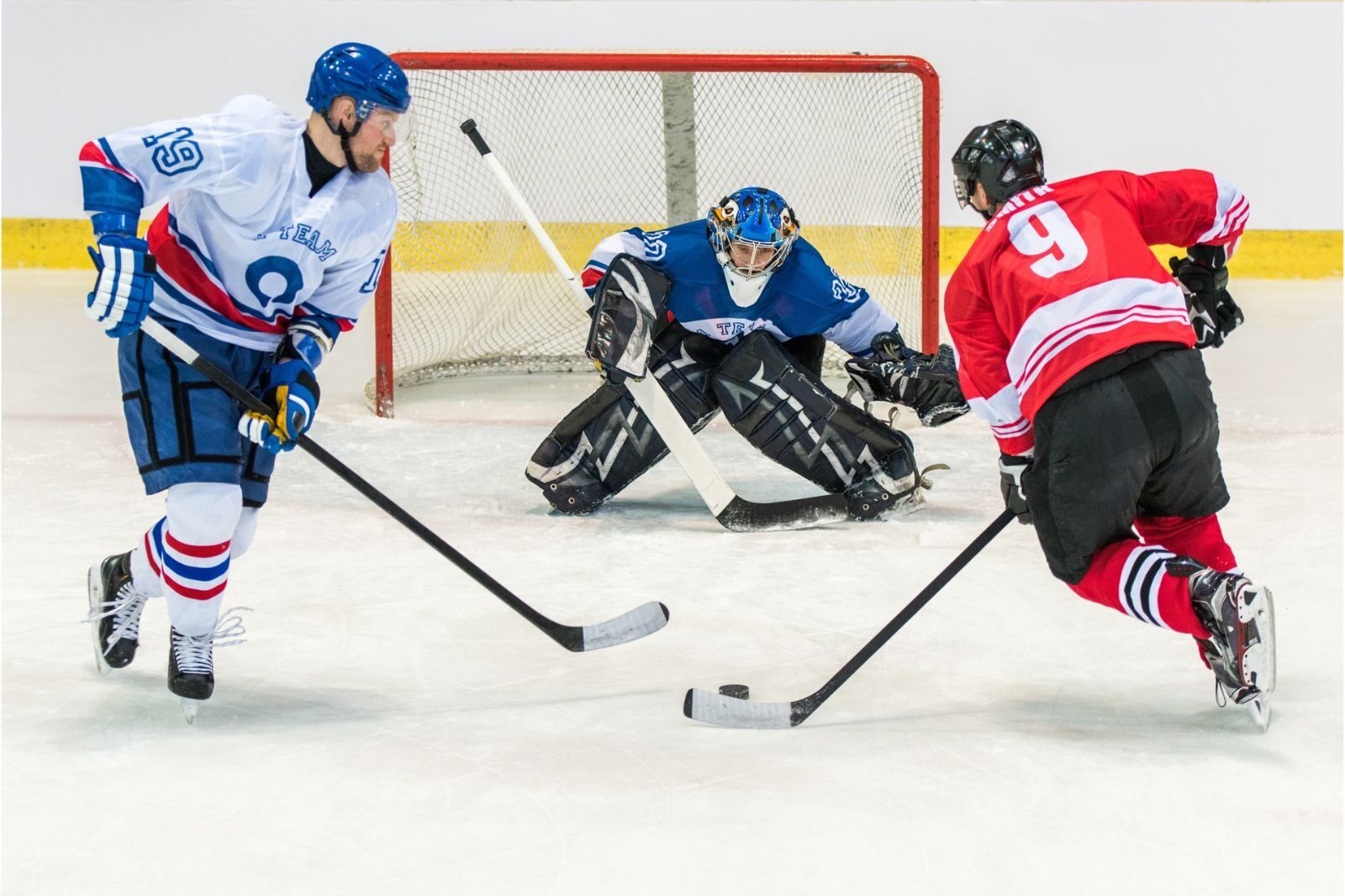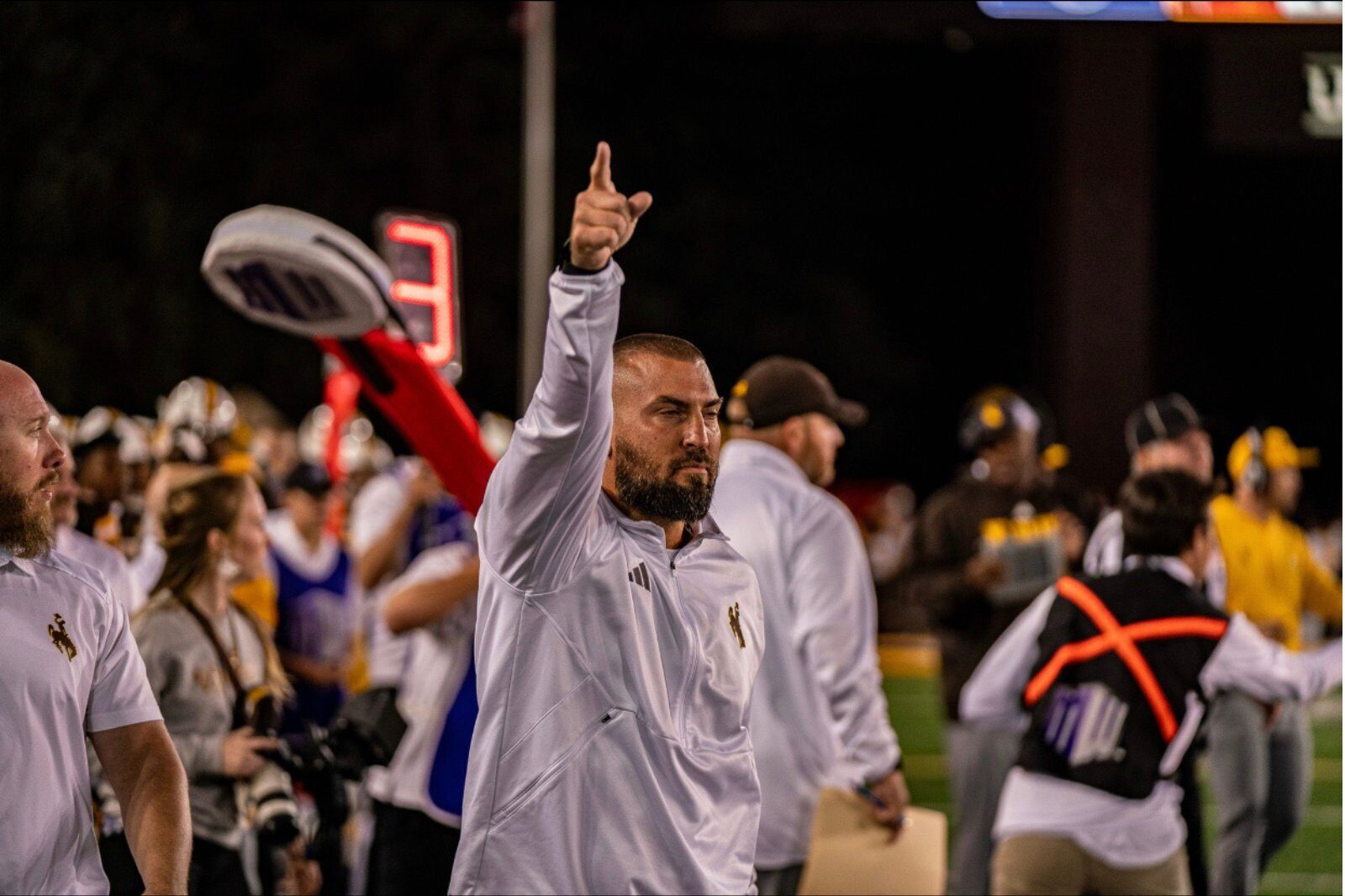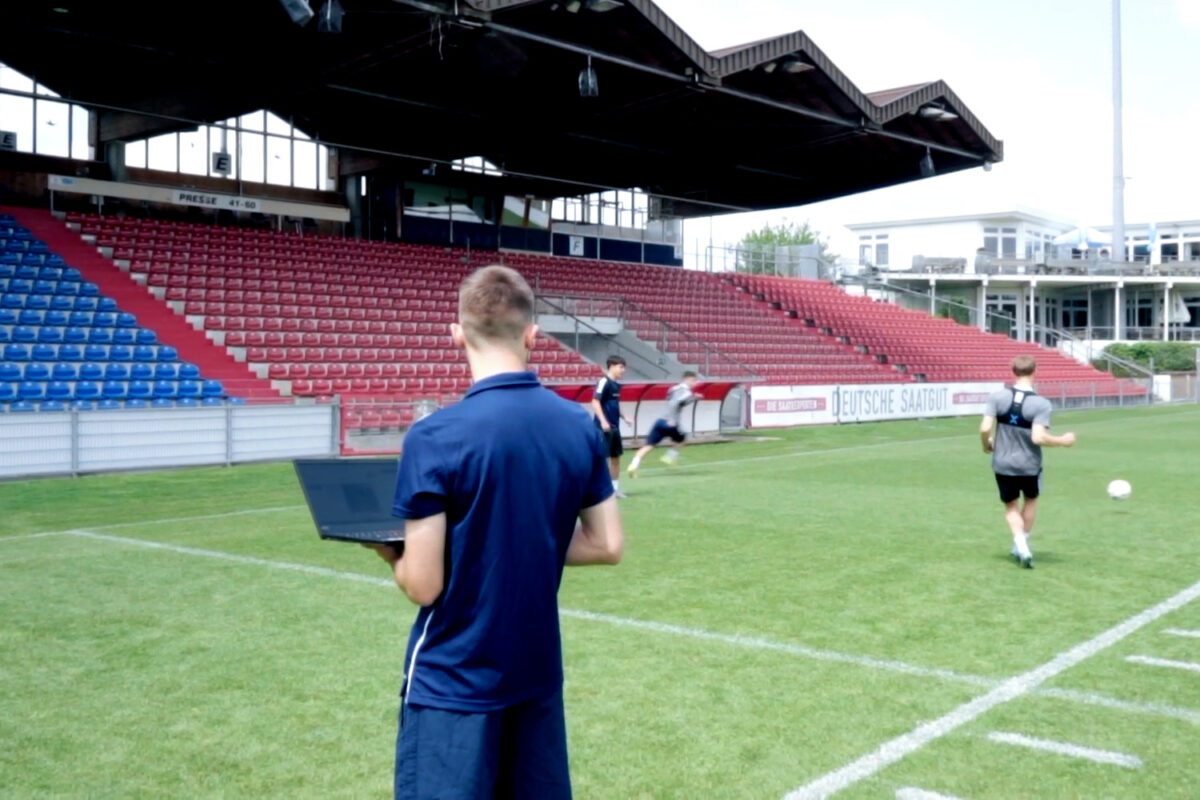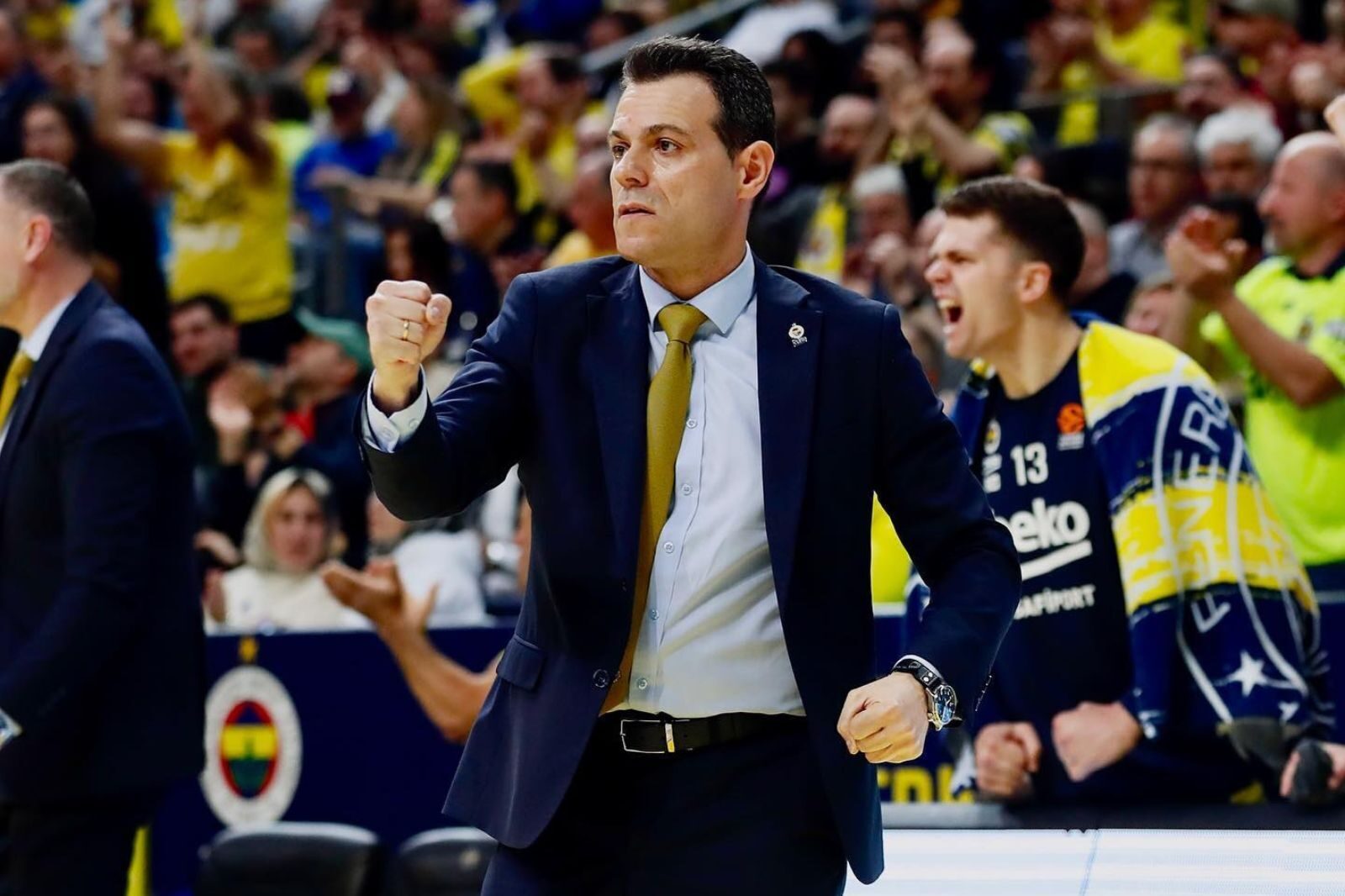Why It's So Important to Use Sports Analysis Software in Basketball
Mechanical load (or mechanical loading) is a metric that is tracked in basketball. It’s the sum of acceleration and deceleration load under certain conditions.
The term may sound difficult to understand, but it’s not. And by using sports analysis software to accurately determining the total load for each of your players, coaches can draw conclusions about the physical demands of the game and its players.
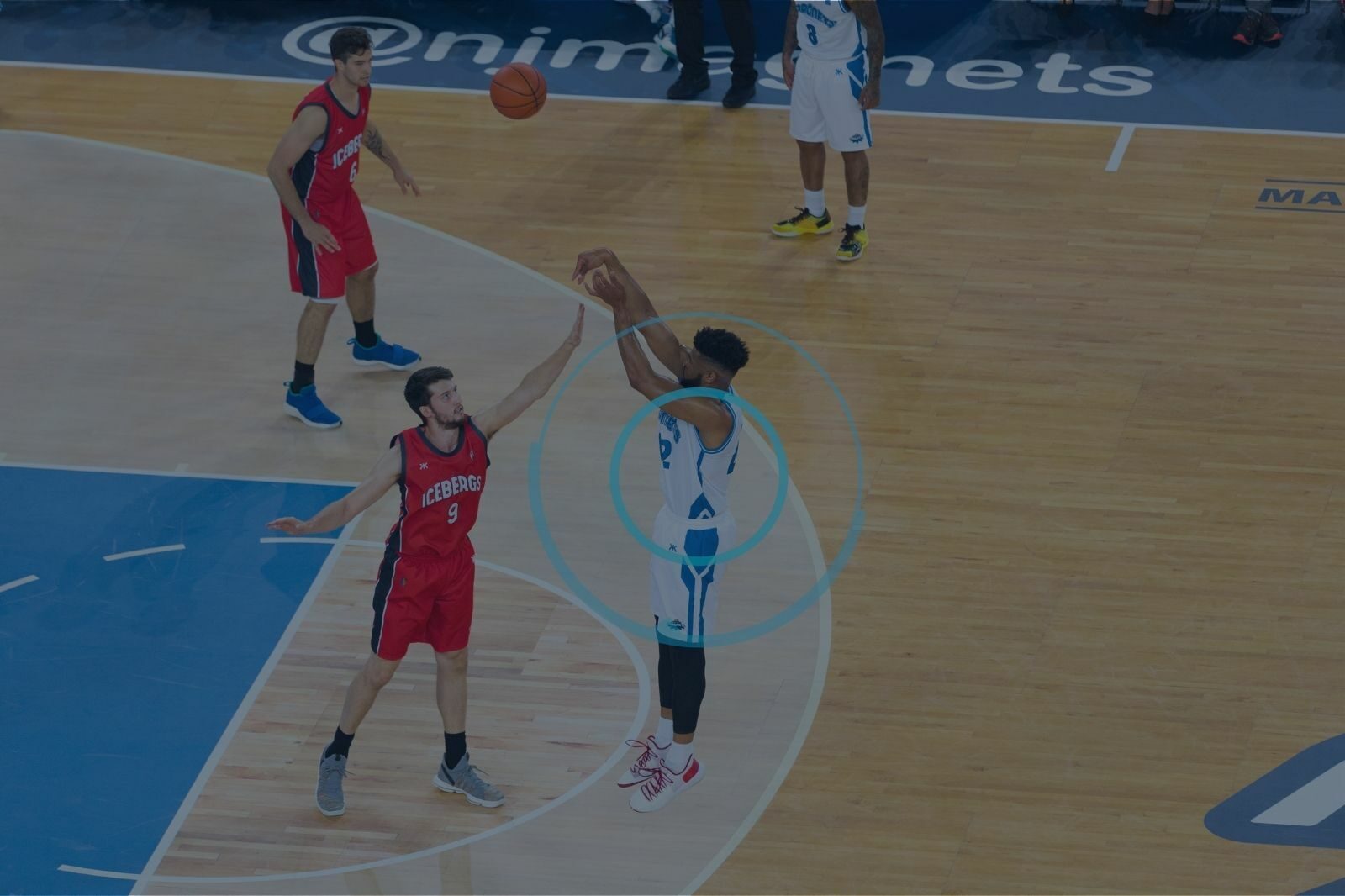
A few examples of movements that basketball players perform during the course of a practice or game, include:
- Sudden sprints
- Abrupt changes of direction
- Immediate stops
Mechanical Load is a metric that captures all these two-dimensional movement patterns including accelerations and deceleration.
All accelerations and decelerations are categorized based on their intensity and multiplied by a proprietary weighting factor depending on their respective intensity band and then summed up to reflect “Accel Load” and “Decel Load.” The sum of acceleration and deceleration load represents the overall Mechanical Load.
COMPETE Vision is here! Combine your video analysis software that does more than track shots. Film sessions will never be the same. Click the link below for more information:
What Mechanical Load and Mechanical Intensity Tells Us
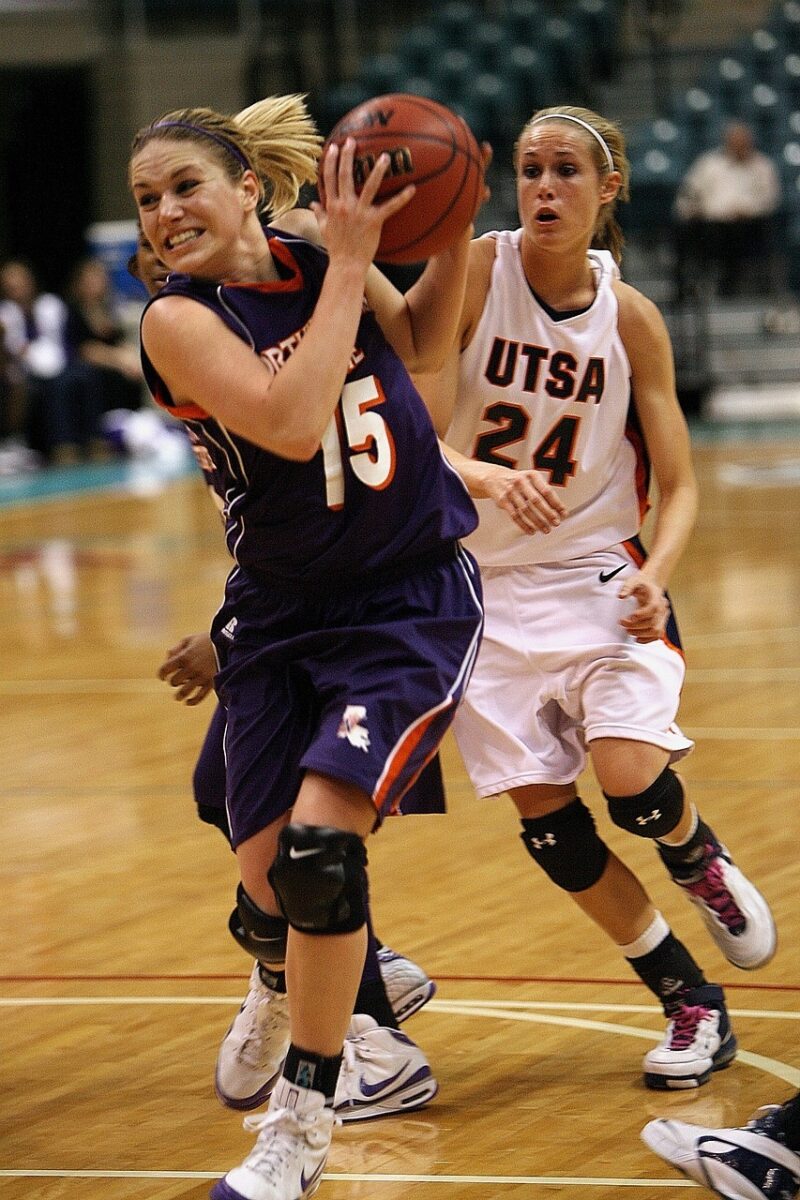
To calculate not just the overall session volume, but also to reflect a session’s intensity KINEXON provides Mechanical Intensity, which is the total Mechanical Load divided by time over a phase or session. In this context, a high Mechanical Load is a good proxy of overall workload for a given session.
The average mechanical intensity various across different playing positions and is very much correlated to a player’s individual playing style and demands of practice or competition.For example, Guards seem to have a higher Mechanical Intensity, hence accumulating a larger amount of Mechanical Load when playing the same amount of time compared to Forwards and Centers.
For more insights on mechanical load in basketball, download Sports Scientist Philipp Lienemann’s white paper titled: “March Madness: How To Get Ready for the Hottest Time of the Year – Insights From the NCAA.“ Or check out his his guide to basketball player tracking in the NCAA.
Which Mechanical Load Values Are Important in Basketball?

Mechanical loading refers to the force exerted on cells and tissues, which triggers a natural response to maintain their well-being and survival. Tissues that experience significant mechanical stress, particularly the connections between tendons, ligaments, and bones, are more likely to get injured.
That’s why it is very important to monitor a players’ mechanical load. And the values typically tied to load include acceleration, speed, and deceleration.
Deceleration
Decelerations occur when players stop, before changes of direction or whenever there is a rapid decrease in speed over a certain threshold. During these eccentric movement patterns, a multiple of a player’s own body weight is forced onto the player.
That means if a player is not adequately adapted to higher volumes and/or intensities of decelerations, these high-intensity movements may pose an increased risk of injury to muscles, tendons and ligaments.
Acceleration and Speed
During an average game, a player exerts about 10 – 20% more accelerations than decelerations. If the difference is larger than 10 – 20%, the athlete may be more at risk for injury. This is especially true if it’s sustained over a long period of time. If it cannot be associated with a functional adaptation, there may be a imbalance, which again could indicate an increased risk for injury.
Three Important Sports Data Points in Basketball

KINEXON basketball player tracking systems define the physical demands of the game on every level: Youth, College, Semi-Pro, and Professional Teams
Understanding the demands of competition, can help optimize training protocols & outcomes by emulating potential in-game scenarios during practice. To determine the pace of a game, professional teams often rely on three metrics. Each serves a specific purpose in defining the sport’s overall load profile, and they include:
- Mechanical Load: Represents total workload of the training session based on Acceleration & Deceleration patterns
- Distance: Represents total volume of the training session due to change in position
- High Intensity Accelerations: quantifies number of high intensity activities
Monitoring these metrics provides a good overview of the physical demands of a basketball game and can therefore be used to plan & periodize training efforts more efficiently.
Evaluating Total Workload vs High Intensity Workload

Another important part of preparing for competition is to monitor a player’s total work in relation to their workload at high intensity. Using such a ratio between total workload and workload at high intensity helps to identify how much of the total workload can be attributed to high intensity efforts and with that provides a good estimate for how intense a given practice or game has been.
In general, activity in the upper intensity band of mechanical load accounts for about 25% of the total work in professional basketball. However, this number can be higher for guards compared to forwards and centers due to different playing styles, demands and task in practice and games.
If you’d like to learn more about player tracking and how sports data and analytics can help your basketball team, feel free to contact us at any time. Or check out our guide to shot tracking using video analysis software.
